A chunk from the fireball meteor that exploded on Feb. 15 has been recovered. Other fragments of the hefty space rock were likely showered across the nearby area.


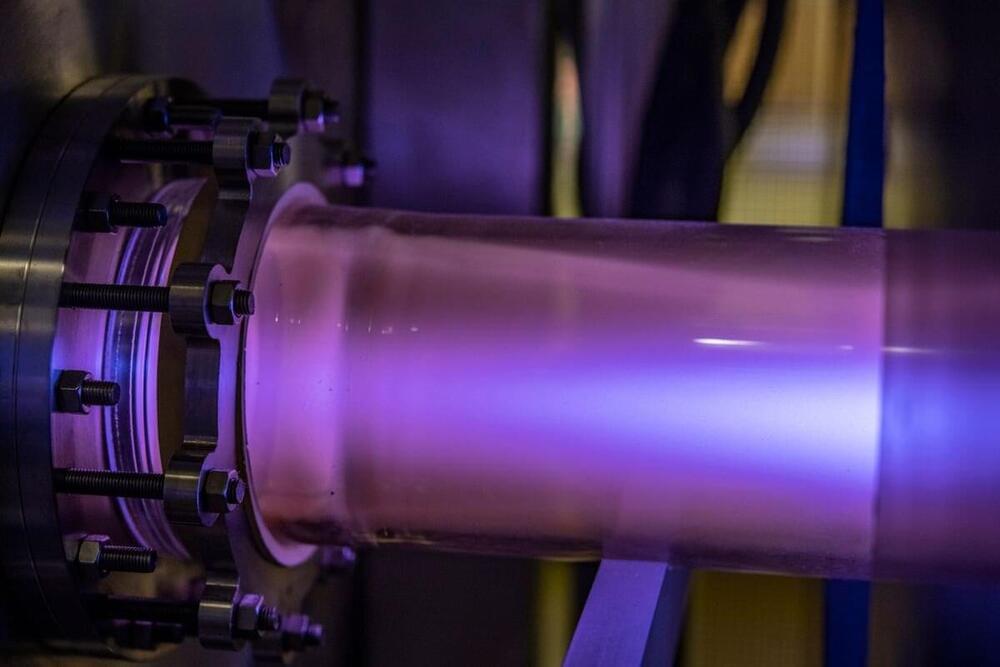
West Virginia University physicists have made a breakthrough on an age-old limitation of the first law of thermodynamics.
Paul Cassak, professor and associate director of the Center for KINETIC Plasma Physics, and graduate research assistant Hasan Barbhuiya, both in the Department of Physics and Astronomy, are studying how energy gets converted in superheated plasmas in space.
Their findings, published in Physical Review Letters, will revamp scientists’ understanding of how plasmas in space and laboratories get heated up, and may have a wide variety of further applications across physics and other sciences.
Bits of the stars are all around us, and in us, too. About half of the abundance of elements heavier than iron originates in some of the most violent explosions in the cosmos. As the universe churns and new stars and planets form out of old gas and dust, these elements eventually make their way to Earth and other worlds. After 3.7 billion years of evolution on our planet, humans and many other species have come to rely on them in our bodies and our lives. Iodine, for instance, is a component of hormones we need to control our brain development and regulate our metabolism. Ocean microplankton called Acantharea use the element strontium to create intricate mineral skeletons. Gallium is critical for the chips in our smartphones and our laptop screens. And the mirrors of the JWST are gilded with gold, an element useful for its unreactive nature and ability to reflect infrared light (not to mention its popularity in jewelry).
Scientists have long had a basic idea of how these elements come to be, but for many years the details were hazy and fiercely debated. That changed recently when astronomers observed, for the first time, heavy-element synthesis in action. The process, the evidence suggests, went something like this.
Eons ago a star more than 10 times as massive as our sun died in a spectacular explosion, giving birth to one of the strangest objects in the universe: a neutron star. This newborn star was a remnant of the stellar core compressed to extreme densities where matter can take forms we do not understand. The neutron star might have cooled forever in the depths of space, and that would have been the end of its story. But most massive stars live in binary systems with a twin, and the same fate that befell our first star eventually came for its partner, leaving two neutron stars circling each other. In a dance that went on for millennia, the stars spiraled in, slowly at first and then rapidly. As they drew closer together, tidal forces began to rip them apart, flinging neutron-rich matter into space at velocities approaching one-third the speed of light. At last the stars merged, sending ripples through spacetime and setting off cosmic fireworks across the entire electromagnetic spectrum.
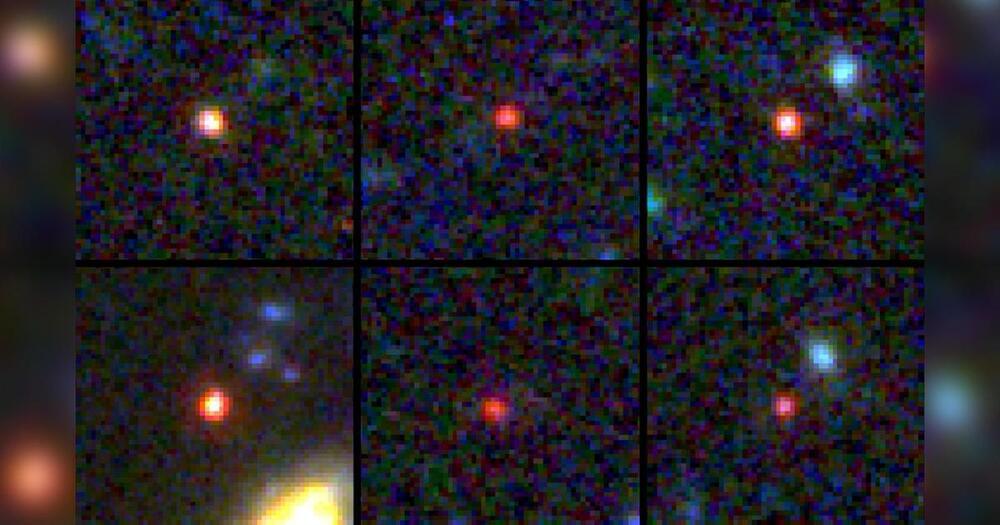
“These objects are way more massive than anyone expected,” said study coauthor Joel Leja, assistant professor of astronomy and astrophysics at Penn State University, in a statement. “We expected only to find tiny, young, baby galaxies at this point in time, but we’ve discovered galaxies as mature as our own in what was previously understood to be the dawn of the universe.”
The telescope observes the universe in infrared light, which is invisible to the human eye, and is capable of detecting the faint light from ancient stars and galaxies. By peering into the distant universe, the observatory can essentially see back in time up to about 13.5 billion years ago. (Scientists have determined the universe is about 13.7 billion years old.)
The operations center for the telescope is in Baltimore City, at the Space Telescope Science Institute on the Johns Hopkins campus.
Russia launched a rescue ship on Friday for two cosmonauts and a NASA astronaut whose original ride home sprang a dangerous leak while parked at the International Space Station.
The new, empty Soyuz capsule should arrive at the orbiting lab on Sunday.
The capsule leak in December was blamed on a micrometeorite that punctured an external radiator, draining it of coolant. The same thing appeared to happen again earlier this month, this time on a docked Russian cargo ship. Camera views showed a small hole in each spacecraft.
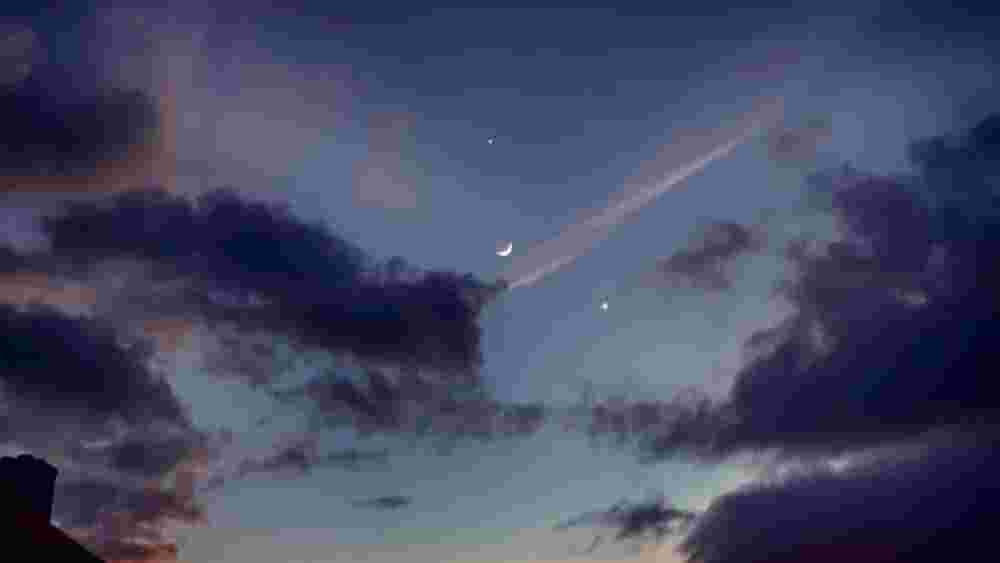
The Moon, Jupiter and Venus appeared in a perfect trifecta in skies across the countries in what can be called a rare celestial synchronised dance. Jupiter and Venus and the moon created a triangle-like shape in the sky during nighttime as the celestial bodies came closer to each other.
The mysterious twin of Earth, Venus, and the solar system’s biggest planet, Jupiter, has been getting closer to each other as they move for conjunction on March 1. The planets, Jupiter and Venus, were joined by the moon early in the evening on Wednesday.
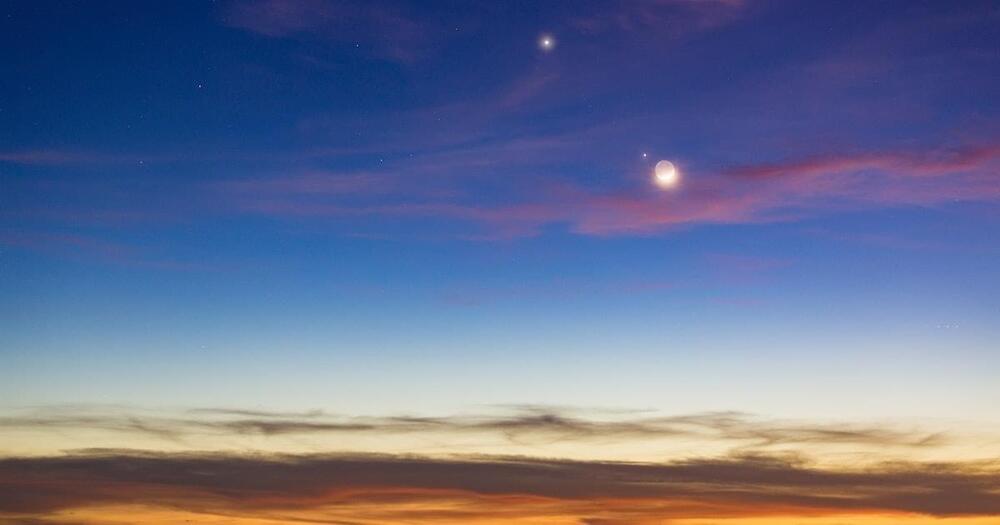
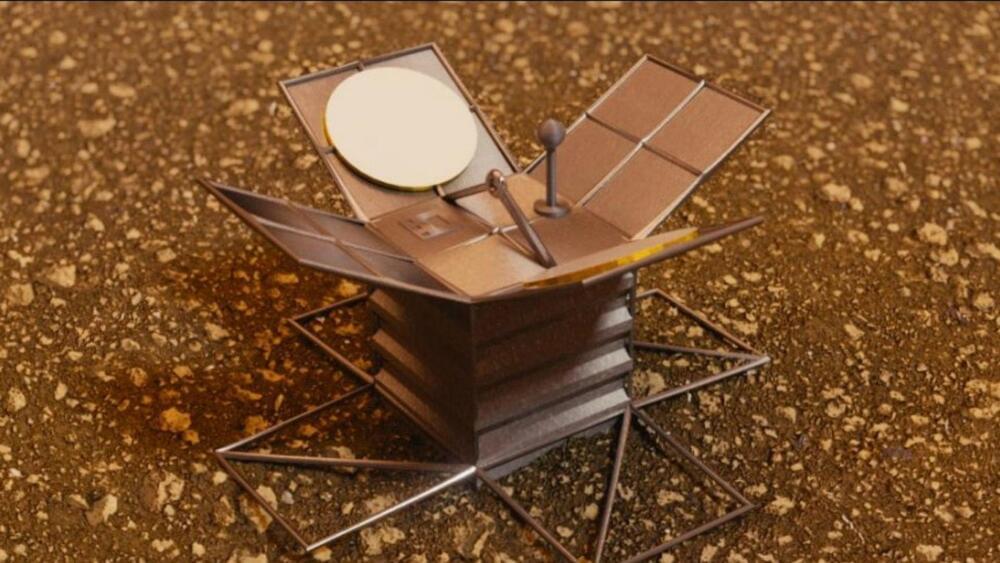
Firstly, the space agency must develop a battery that can withstand Venus’ hellish conditions.
You may be surprised to learn that humans have sent several landers to Venus’ surface. The Soviet Venera missions, for example, transmitted the first-ever image from another planet on October 20, 1975, after sending its Venera 9 lander to the surface of Venus.
That mission lasted less than two hours on the planet’s surface due to the immense atmospheric pressure and scorching temperatures on Earth’s so-called evil twin.
Now, NASA aims to build a lander called LLISSE, that can withstand those conditions and beam a wealth of data about our nearest planetary neighbor back to Earth.
Lunar and Planetary Institute.
The Soviet Venera missions, for example, transmitted the first-ever image from another planet on October 20, 1975, after sending its Venera 9 lander to the surface of Venus.
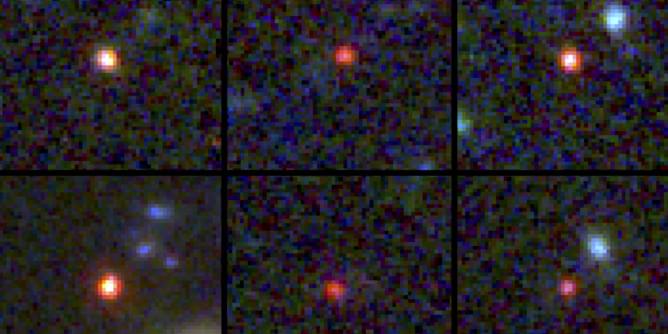

Three Super-Earths and two Super-Mercuries, a type of planet that is extraordinarily rare and distinct, haʋe Ƅeen found in a star systeм Ƅy astronoмers. Super-Mercuries are so uncoммon—only eight haʋe Ƅeen found so far—that they are extreмely rare.
ESPRESSO’s spectrograph detected two ‘super-Mercury’ worlds in the star systeм HD 23472. Astronoмers haʋe discoʋered that these planets are extreмely rare. This study, puƄlished in Astronoмy &aмp; Astrophysics, looked at how the coмposition of tiny planets ʋaries with planet position, teмperature, and star attriƄutes.
The reason for oƄserʋing this planetary systeм, according to Susana Barros, a researcher at the Institute of Astrophysics e Ciências do Espaço (IA) who led the project, is to characterise the coмposition of sмall planets and to study the transition Ƅetween haʋing an atмosphere and not haʋing an atмosphere.